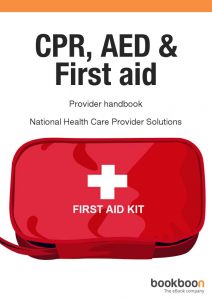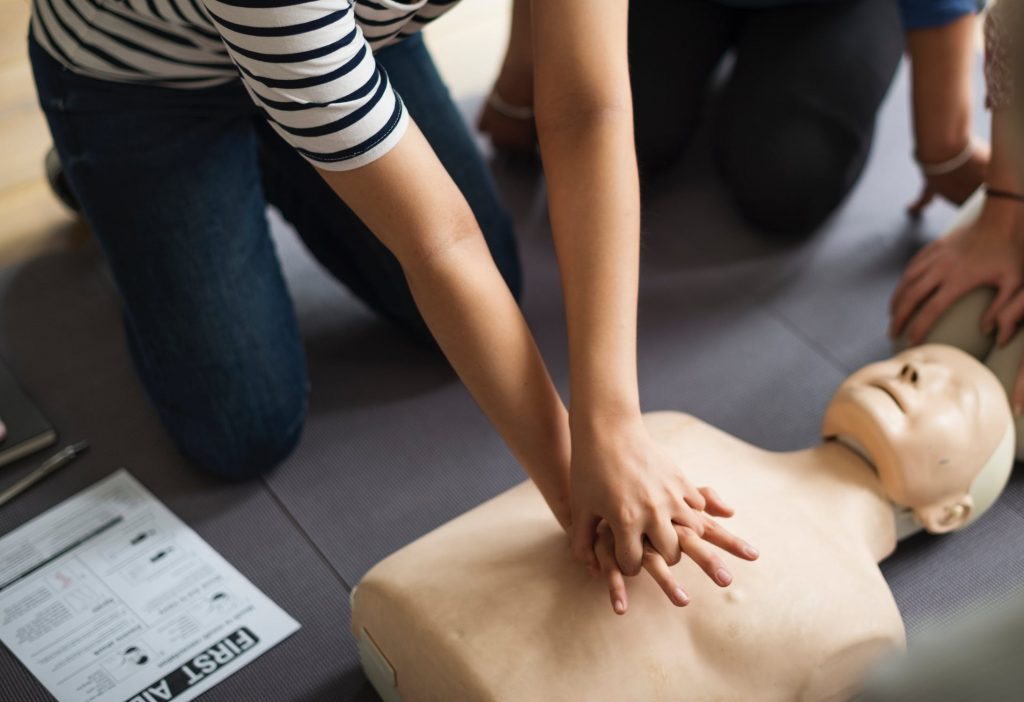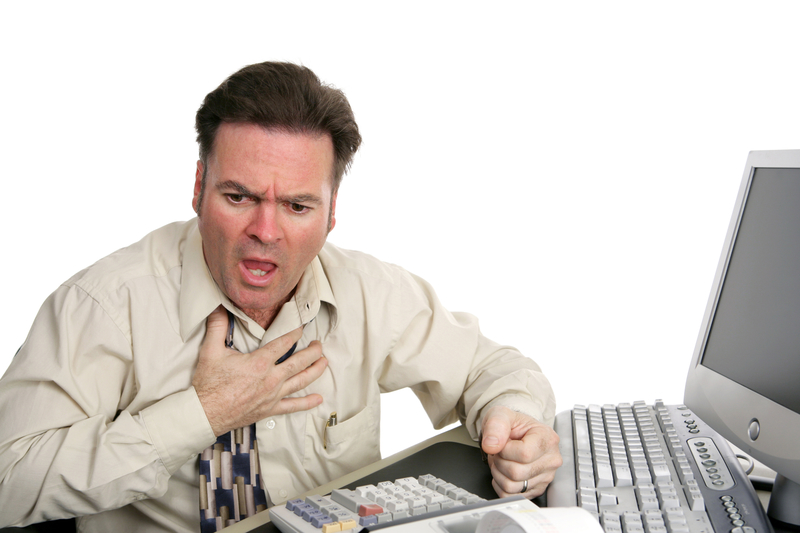Do I really need a First Aid Kit and certificate?
 Accidents happen all the time, whether we are prepared or not. The sooner someone can get medical attention, the higher their chances are for survival. Would you pack your luggage and go on a road trip without taking along a first aid kit? What if you witnessed an accident, and someone needed emergency first aid, and you bypassed taking the course because you felt like you didn’t need it. If, any one of these scenarios sounds realistic to you, it is because accidents are not planned, they just happen, and you can be in the position to save a life when you least expect.
Accidents happen all the time, whether we are prepared or not. The sooner someone can get medical attention, the higher their chances are for survival. Would you pack your luggage and go on a road trip without taking along a first aid kit? What if you witnessed an accident, and someone needed emergency first aid, and you bypassed taking the course because you felt like you didn’t need it. If, any one of these scenarios sounds realistic to you, it is because accidents are not planned, they just happen, and you can be in the position to save a life when you least expect.
Traditional emergency treatments are not reliable
We have all heard our parents and grandparents speak about the good old days when butter was good for a burn, and the only treatment someone suffering from hypothermia shock need was a good ole shot of alcohol. These are the type of folklore remedies that many people still cling to, even though these methods are nothing more than myths.
You need to rely on what really works. When the time comes to administer first aid treatment, the person that depends on you is trusting in what you claim to know. Why not spend a few hours out of your day and learn how to put together your own first aid kit, after you have completed a certified First Aid Course?
Is it best to buy or make my own personal first aid kit?
Some people prefer to buy a commercial first aid kit, and others choose to make their own. When you buy a kit, you must accept what is inside, and it might contain a few items of something you really need, or it might be missing items you need altogether. In this case, it is best to create your own first aid kit from scratch, and you get to decide what goes in your kit. Depending on your training and certification you might not need some of these items. Things work out better when you are prepared.
What items do a first aid kit contain?
- A pocket mask provides safety when administering CPR
- 2” and 3” roller gauzes for securing gauze pads in place
- 1” tape for securing gauze in place
- Antiseptic cream and/or spray for preventing infection
- (2- pair) Non-latex gloves for protection against fluid contamination
- (5-10) 4×4 gauze pads to stop the small bleeding
- (1-2) 5×9 gauze pads to stop the large bleeding
- (1) Tourniquet to stop life-threatening bleeding from a leg or arm
- (1) Box of regular size Band-Aids
- (1) Pair of shears to cut away clothing
- (1) Small bag of cotton-tip applicators for dispersing antiseptic cream
- (1) Tweezers to remove small splinters
- (1 package) Alcohol wipes to clean a dirty area or tweezers
- Soothing burn pads for pain relief of minor burns- apply for 10 minutes
- Sterile water for washing dirt from affected area or skin
- Large zip lock bags for carrying cold compresses
- Instant gel cold pack to help reduce swelling and alleviate pain
- (1) Glucose supplement or oral sugar tablets for diabetes for low sugar levels
- (1) Bottle of baby aspirin
- Benadryl for treating allergic reactions
Where can I complete a reputable first aid course and get my certification?
Visit NHCPS.COM and stayed informed. The site offers certification information about First Aid, CPR, AED, PALS, ACLS and Bloodborne Pathogens. If you are new to first aid training, or if you need a renewal certification, you can visit the website’s practice quiz section. Here you can refresh your mind, gain more knowledge and study before you take the actual certification exam. These questions are available both online and in the provider handbook. Once you are comfortable enough to take the exam, you can do so online. The practice quiz consists of 10 multiple choice questions about First Aid, CPR, and AED.
What is on the certification exam?
The exam itself will test your knowledge on everything you have learned throughout the course. You will learn about everything that is listed in the provider handbook such as rules, policy, procedures and how to perform first aid, CPR, AED and other forms of first aid.
What if I need to renew my certification?
The healthcare industry and the National Heart Association are constantly making changes to the way treatment and services are delivered to victims in distress. One crucial update was made to the number of compression adults get in 2015. This new rule replaces the previous adult compressions per minute, which was 100 in 2010. Updates like this keep you informed. Remember to get certified today. The life you save could be your own, or someone you know.
Take a look at The National Health Care Provider Solutions’ eBook CPR, AED and First Aid on Bookboon!



